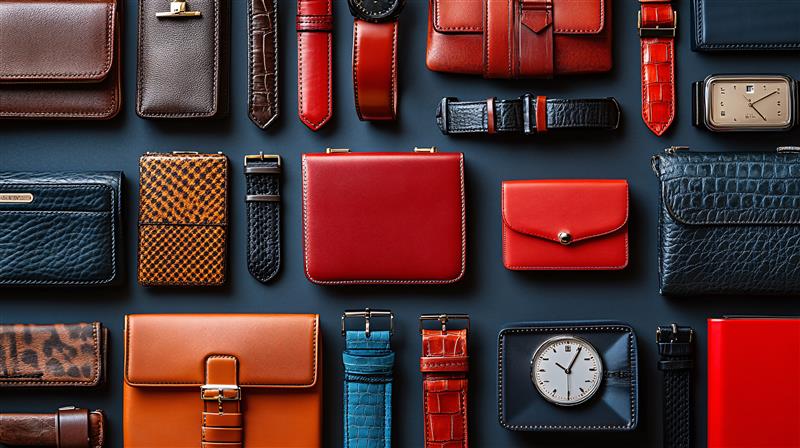There has been a noticeable rise in dupe culture, particularly among Gen Z. Social media platforms like TikTok and YouTube are filled with influencers showing off their purchase of luxury dupes, such as a $40-handbag that would have cost $500 from the genuine item. TikTok videos with the hashtag “#Dupe” reached almost 6 billion views by October 2023. For brand owners, this trend has damaged sales, brand identity, and customer trust. What does the phenomenon suggest and how should brands protect their intellectual property in the era of rising dupe culture in the online space?

Dupe v. Counterfeits
First, a dupe is a budget-friendly item that imitates the style of a designer without using its identical trademarks or logos. A counterfeit, on the other hand, is a product that applies protected trademarks or logos to deceive customers. Whereas selling counterfeits constitutes an infringing activity, the dupe market falls into a legal grey area. However, in practice, the line is blurred when influencers promote dupes on their platforms when the hidden links direct followers to counterfeits. Regardless of whether consumers buy counterfeits or dupes, the damages to brand value are tremendous.
Why Gen Z loves dupe and counterfeit?
Economic pressure and cultural norms are the main reasons why Gen Zers are turning to dupe and counterfeit. With increasing cost of living, the younger generation feels financially squeezed. Some also carry student debt into their 30s, which leaves little disposable income. Therefore, these shoppers turn to a more affordable alternative while hoping to preserve the luxury appearance.
Influencers are posting more “designer dupe” hauls, showcasing products that mirror the design of high-end brands. The endorsement from highly followed influencer makes the dupes mainstream and more attractive, encouraging users to become duper owners as well. The dupe economy is also propelled by TikTok’s algorithm. Since the algorithm prioritizes engagement over follower count, smaller creators can also spread the dupe trend by making side-by-side comparison. Videos go viral in the blink of an eye, driving massive traffic and promoting dupe sales.
While the older shoppers tend to hide or feel embarrassed by knockoffs, younger consumers feel proud of their purchase because it is a sign of successful bargain. The reach of social media also suggests that shoppers have easier access to the latest trend and channels to place an order.
What can brands do to combat rising dupe culture?
• Build a strong brand identity and connect with customers
Companies should publish on their websites, social media, and online customer community to showcase the original story behind brand creation, the creative process for product design, and the dedicated team working behind to bring the vision to life. By sharing openly one’s brand journey, owners foster a supportive and well-connected community of customers. They are more likely to support authentic products and share the news when they spot a dupe.
• Monitor online e-marketplaces
Given the growing dupe culture and the complexity to navigate the digital landscape manually, more brands are adopting software solutions to tackle this challenge. AI-powered systems like BRANDS-IDENT searches online e-marketplaces (e.g. Amazon, eBay, and Walmart) to detect dupes and counterfeits. Social media surveillance is also required to monitor user-generated content and identify promptly when someone is advertising dupes. Brands can also leverage monitoring software to generate strategic insights on which products, or which regions are the most targeted. If one pair of sneakers is regularly duped in Asia, companies can focus their marketing and enforcement effort to have a targeted approach. Early detection means faster response, avoiding significant loss of revenue.
• Stay informed and join forces
Although the definition and the legal framework surrounding dupes is blurry, it does not mean that they will never be considered counterfeits. Fashion houses are also exploring alternative strategies such as patent protection and trade dress claims to protect their intellectual property. Dupes that copy Iconic designs such as Hermès Birkin and Christian Louboutin’s red bottoms can constitute design infringement under trade dress and design law, even without using a logo.
Organizations like INTA (International Trademark Association) and ACID (Anti Copying in Design) lobby governments and international bodies to strengthen trademark laws and promote effective enforcement against infringement. Becoming a member of such organization enables brand owners to collaborate, exchange best practices, and build relationships that support brand protection goals.
For brand owners, the challenge is to find the balance between safeguarding brand integrity and adapting to shifting market preferences, not to mention the complication of GenAI technology that enables faster dupe creation. Trademark laws are constantly adapting to the digital marketplace and modern technology. Legal professionals, industry experts, and brand owners are continuing the conversation on the legal gray area surrounding dupes, reshaping the fashion and beauty industry in the years to come.



